Light Pollution Threatens Astronomical Observations - A Growing Concern for the Future of Astronomy
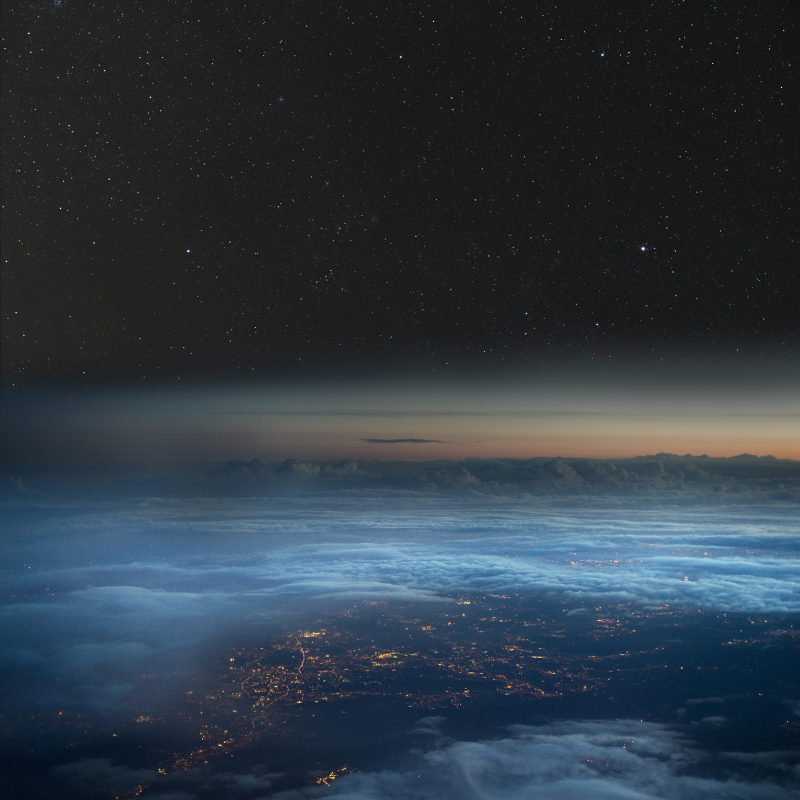
For millennia, humans have gazed up at the night sky, drawing inspiration and knowledge from the celestial tapestry of stars, planets, and galaxies. However, this awe-inspiring view is increasingly under threat from a pervasive and growing problem: light pollution.
The Expanding Glow of Artificial Light
Light pollution, the excessive or misdirected artificial light at night, is a consequence of urbanization, industrialization, and the widespread use of inefficient lighting technologies. As cities expand and outdoor lighting becomes increasingly brighter and more prevalent, the natural darkness of the night sky is fading away, replaced by a diffuse orange glow.
Data from satellite observations paint a stark picture of the problem:
- According to a 2016 study published in Science Advances, 80% of the world's population lives under light-polluted skies.
- The same study found that 99% of the population in the United States and Europe experiences some degree of light pollution.
- Satellite data shows that the area affected by light pollution is growing at a rate of 2.2% per year.
The Consequences for Astronomy: A Fading View of the Cosmos
The impact of light pollution on astronomy is profound. Astronomers rely on dark skies to observe faint celestial objects and study the universe. Light pollution drastically reduces the contrast between these faint objects and the background sky, effectively rendering them invisible.
Here are some specific ways light pollution hampers astronomical research:
- Reduced Visibility of Faint Objects: Galaxies, nebulae, and distant stars are often too faint to be seen from light-polluted areas.
- Limited Observing Time: Even for brighter objects, light pollution reduces the amount of time astronomers can effectively observe them.
- Interference with Data Collection: Light pollution introduces noise into astronomical images and spectra, making it difficult to extract accurate data.
- Closure of Observatories: Historically, many observatories were built in remote locations to avoid light pollution. However, as urban sprawl continues, even these once-pristine sites are becoming increasingly threatened, forcing some observatories to close or relocate.
Beyond Astronomy: The Broader Environmental Impact
The negative effects of light pollution extend far beyond the realm of astronomy. Excessive artificial light at night disrupts ecosystems, impacting wildlife behavior, migration patterns, and predator-prey relationships. It also has implications for human health, potentially contributing to sleep disorders, mood changes, and other health issues.
Preserving the Night: Solutions and Strategies
The issue of light pollution is complex, but it is not insurmountable. Here are some strategies being implemented to mitigate the problem and preserve the night sky:
- Shielded Lighting: Using fixtures that direct light downward, where it is needed, rather than upwards into the sky.
- Warmer Color Temperature Lighting: Switching to light sources with lower color temperatures (warmer colors), which scatter less in the atmosphere.
- Dimming and Motion Sensors: Implementing technology that allows lights to be dimmed or turned off when not needed.
- Light Pollution Awareness: Educating the public about the issue and encouraging responsible lighting practices.
- Dark Sky Preserves: Establishing designated areas where light pollution is strictly controlled to protect the night sky.
Conclusion: Protecting Our Celestial Heritage
The increasing glow of light pollution represents a serious threat to our ability to explore and understand the universe. However, by adopting responsible lighting practices, raising awareness, and supporting dark sky conservation efforts, we can mitigate this problem and ensure that future generations have the opportunity to experience the wonder of a truly dark night sky.
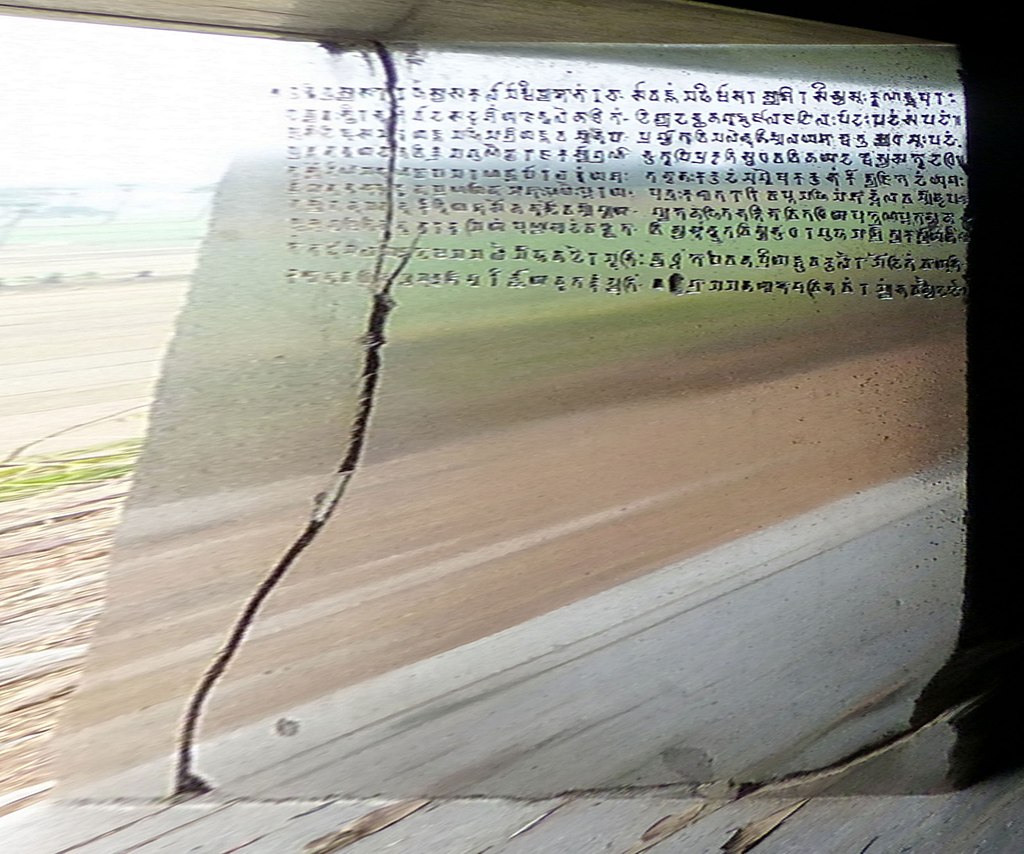



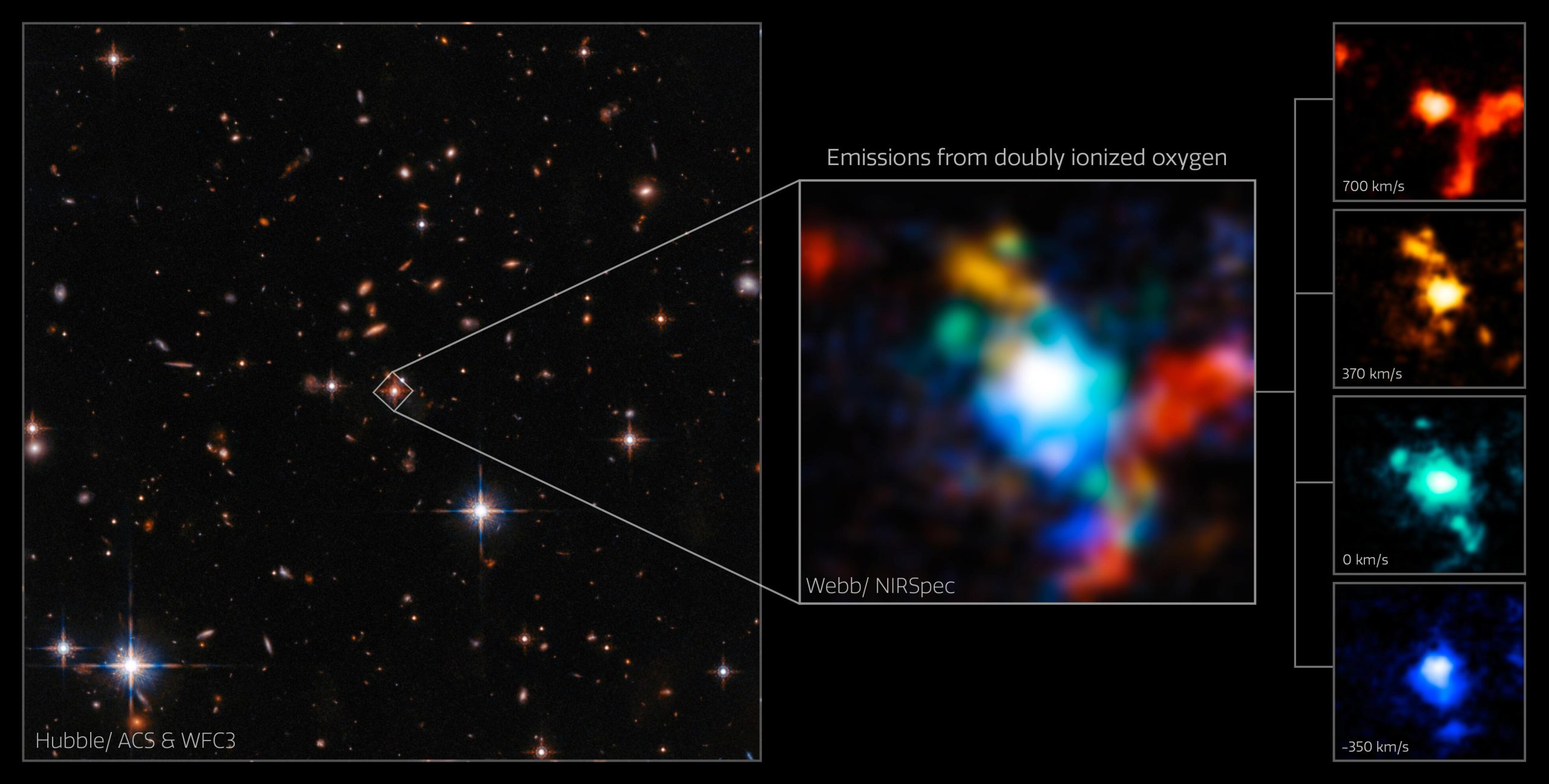


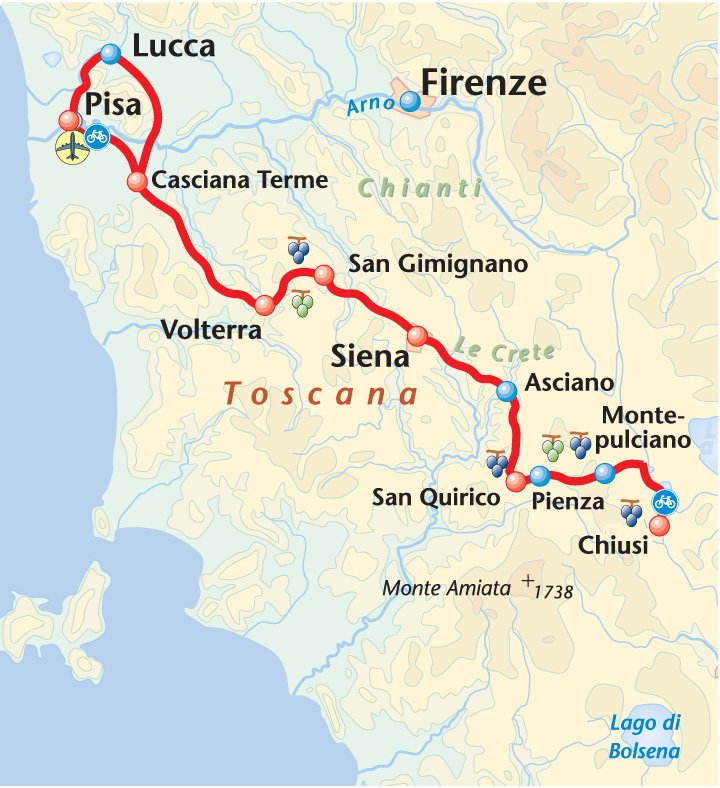

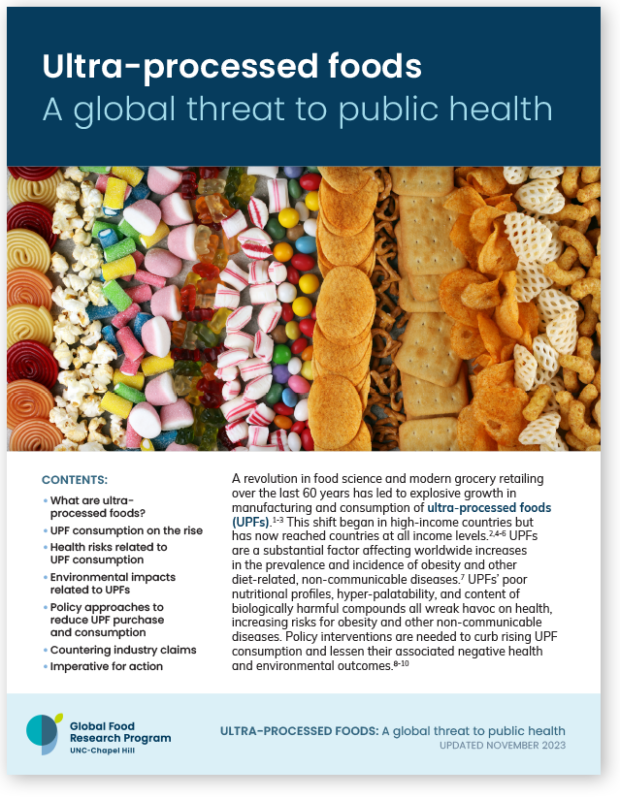



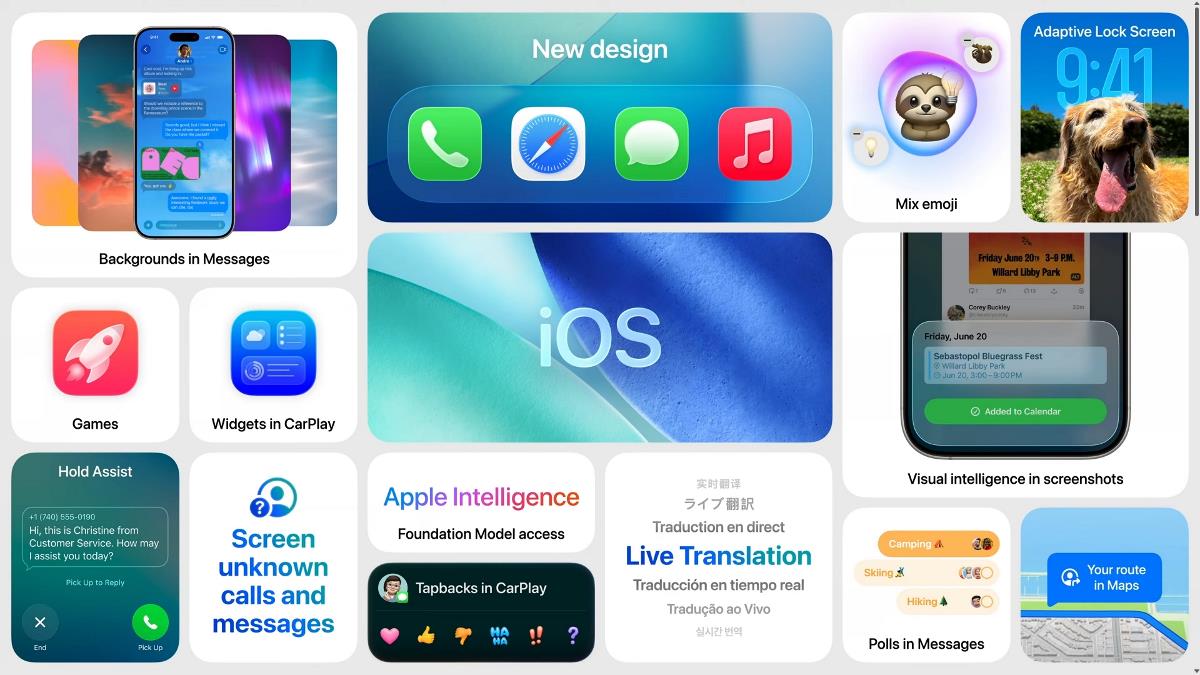

Comments ()